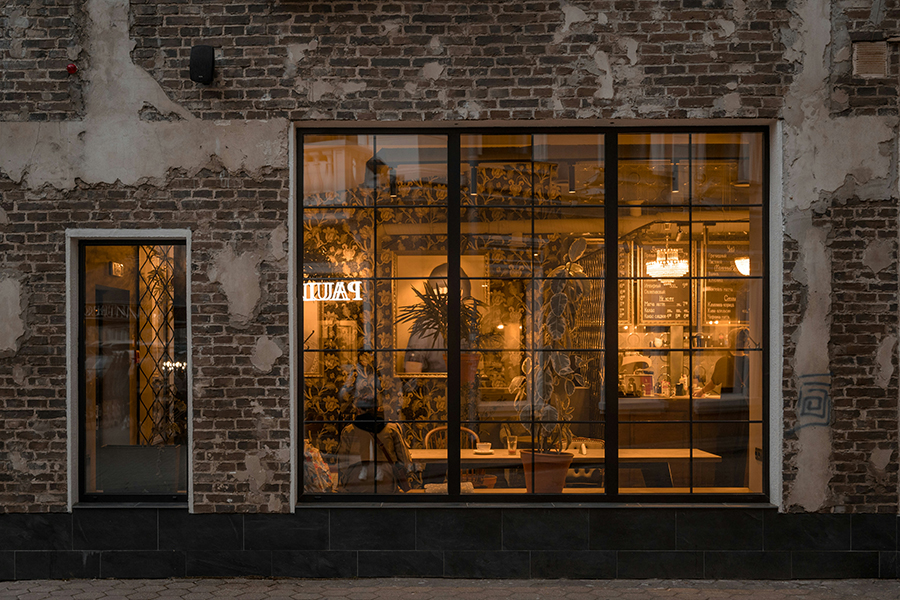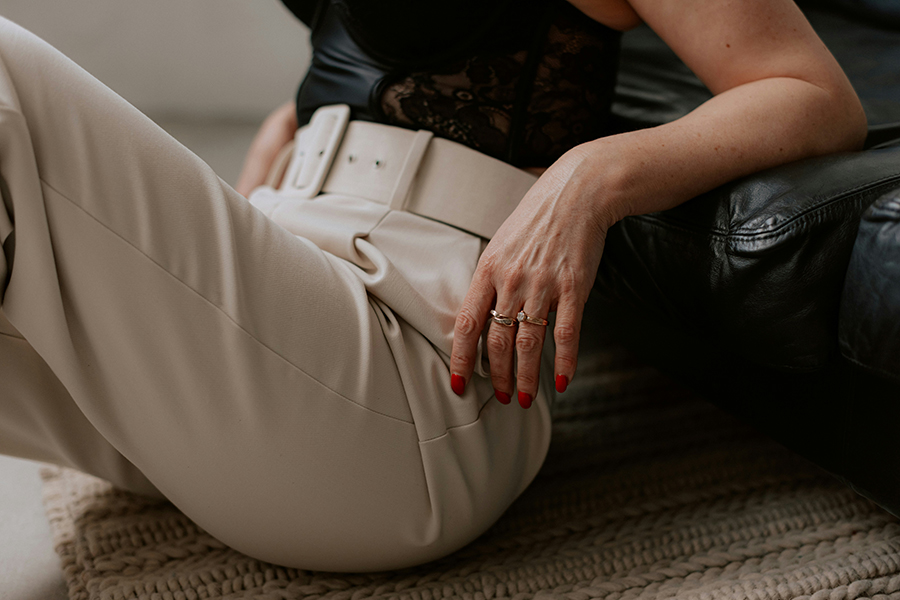Carousel
Slides Only
Here’s a carousel with slides only. Note the presence of the .d-block and .img-fluid on
carousel images to prevent browser default image alignment.
With Controls
Adding in the previous and next controls:
With Indicators
You can also add the indicators to the carousel, alongside the controls, too.
With Captions
Add captions to your slides easily with the .carousel-caption element within any .carousel-item. They can be easily hidden on smaller viewports, as shown below, with optional display utilities. We hide them initially with .d-none and bring them back on medium-sized devices with .d-md-block.
Crossfade
Add .carousel-fade to your carousel to animate slides with a fade transition instead of a slide. Depending on your carousel content (e.g., text only slides), you may want to add .bg-body or some custom CSS to the .carousel-items for proper crossfading.
Individual .carousel-item interval
Add data-bs-interval="" to a .carousel-item to change the amount of time to delay between automatically cycling to the next item.
Disable touch swiping .carousel-item interval
Carousels support swiping left/right on touchscreen devices to move between slides. This can be disabled using the data-bs-touch attribute. The example below also does not include the data-bs-ride attribute so it doesn’t autoplay.
Dark Variant .carousel-item interval
Add .carousel-dark to the .carousel for darker controls, indicators, and captions. Controls have been inverted from their default white fill with the filter CSS property. Captions and controls have additional Sass variables that customize the color and background-color.












